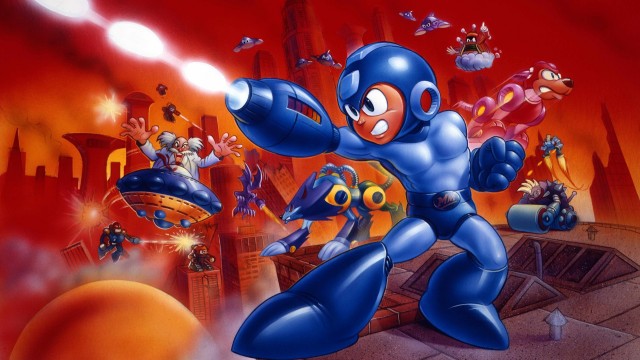
Few consoles can claim to have an enduing a legacy equal to that of Super Nintendo Entertainment System, or SNES as it’s more commonly called. With some of the most beloved and influential games of all time released on the 16-bit system, it’s no surprise that many of the titles on SNES continue to be relevant even today. Let’s take a look at the different developers who brought their work to SNES and earned a notch in history of the video game industry.
Electronic Arts
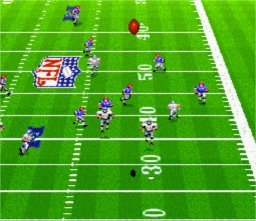
EA might not be so chummy with Nintendo now, but when SNES was in its prime, the developer was knee-deep making games for the system. The single most important title to come out of EA on SNES was John Madden Football in 1990. John Madden, the legendary Oakland Raiders coach turned broadcast personality, was approached by EA co-founder Trip Hawkins, who hoped to bring a long gestating football video game to fruition. Hawkins wanted Madden’s likeness to help push the game, but the former coach wouldn’t entertain the idea unless EA was prepared to develop an accurate depiction of football. Without eleven players on each side of the ball, Madden wasn’t interested.
It took some time, but in 1988 technology caught up with Madden’s vision, and John Madden Football released for Apple II, eventually followed by John Madden Football 1990 on Sega Genesis and SNES. It wasn’t until John Madden NFL Football ’94 that the series really started hitting its stride. Madden Football had already seen success due to its accurate portrayal of the sport, but the games had been devoid of the official NFL license-until Madden ’94. Suddenly, the series was a true representation of NFL football, spurning the EA Sports empire that continues to grow and evolve to this day. Madden has risen to be the marquee video game sports franchise in the US in the years since.
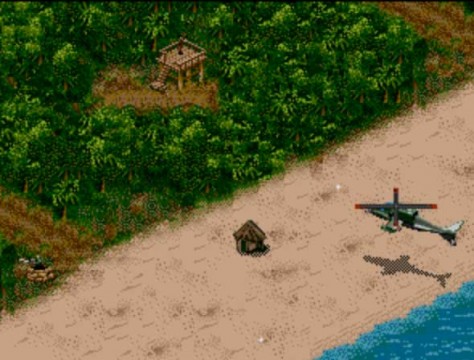
Sports video games have become their own billion dollar industry within the video game market, and it’s due in no small part to the success of Madden. The drive for authenticity that John Madden demanded was a huge factor in luring fans, and would go on to inform the development of sports games from numerous other studios all the way through to today, including developers like 2K. The Madden series also helped serve as a bridge to a new segment of video game players, and further legitimized the industry as a powerhouse source of entertainment. The industry became more diverse because of Madden, and despite EA’s current monopoly of the NFL license for home console games, the series deserves a great deal of respect.
EA wasn’t limited to football on SNES, though, as it brought an array of other beloved games and series to the console. NBA Live and FIFA also made their way to SNES, further cementing the company as the go-to sports game-maker. Switching to something else altogether different, the Strike series of games (Urban Strike, Jungle Strike, Desert Strike) had players pilot assault helicopters in a variety of military operations. The copters were used to take on numerous packs of enemy equipment and personnel, as well as extract POWs and deliver cargo. The Strike games also added in an element of strategy by giving the helicopters limited fuel to stay in the air. Played from an isometric perspective, the games were fun war simulations that looked and controlled great on SNES. EA might be giving Nintendo the cold shoulder now, but the company played a major role when it was producing titles for SNES.
Squaresoft
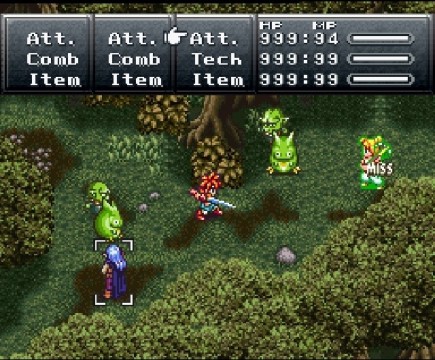
Before it was SquareEnix, the two companies were separate entities crafting excellent video games for Nintendo’s consoles. Squaresoft, for its part, was extremely busy during the SNES era, creating not just some of the best games on the platform, but some of the best games ever made, period. Final Fantasy saw two sequels on NES in Japan, but sadly they never made their way outside of Squaresoft’s homeland until many years later. As a result, when Final Fantasy IV and VI arrived on SNES in the west, the games were renumbered as Final Fantasy II and III, respectively. No matter what roman numerals are affixed to the two games, however, it does little to change the huge impact the titles had on the video game industry.
Both Final Fantasies on SNES were huge advancements for the RPG genre, introducing innovative new battle mechanics and upping the ante for narrative and visual presentation as a whole. Square had other RPG gems up its sleeves though, in particular Chrono Trigger, a time-jumping tale of epic proportions and sporting its own excellent combat system that eschewed random battles, and Secret of Mana, with its wonderful real-time battles and multiplayer. One title, though, stands out most for diehard Mario fans, and that game is the collaborative effort between Squaresoft and Nintendo called Super Mario RPG.
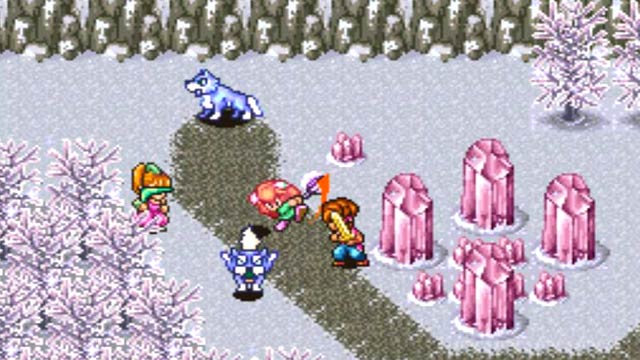
Mario RPG acted as an introduction to the roleplaying genre for many fans, as well as demonstrated just how versatile the Super Mario franchise could be. The game’s pre-rendered graphics were a thrill to see, and its story established what would go on to form the personalities of the denizens of the Mushroom Kingdom as fans know them today. Squaresoft eventually departed for Sony and its PlayStation following the release of Mario RPG, but not before delivering a bevy of incredible games to SNES.
Konami
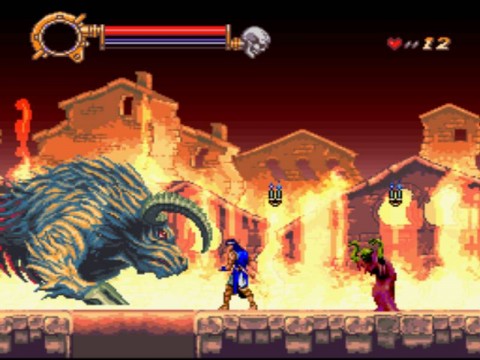
Konami’s additions to the SNES library were perhaps not as revolutionary as some of the other games in this retrospective, but the company delivered an array of titles that left quite the impression on those who played them. Konami mainstays like Castlevania and Contra are the most notable names. Super Castlevania IV and Castlevania: Dracula X were two excellent additions to the series’ catalogue. The gameplay and graphics were refined and expended to new heights, establishing the games as two of the best action-platformers ever released. Contra III similarly clung to the core tenets of the series, but likewise amped up its presentation and play mechanics to deliver an unparalleled experience.
A couple other Konami properties like Gradius and Goemon saw some quality releases on SNES, as well. Gradius III was another installment in the tough-as-nails sidescrolling shooter series, pumping more and bigger enemies than ever into the frenetic action that fans knew and loved. Legend of the Mystical Ninja was the first Goemon title to reach western shores, and it was a very fun action-adventure game in a similar vein reminiscent of the Legend of Zelda series. Quirky and funny, Mystical Ninja was a wonderful departure from Konami’s usually efforts in the west, and was a fine title on SNES.
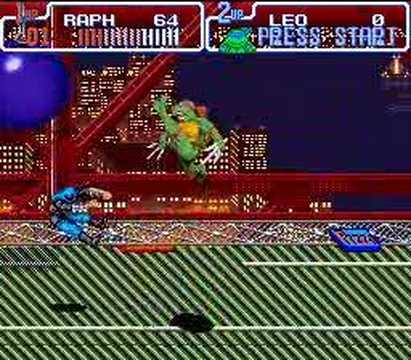
Konami was similar to Capcom, though, in that the developer treated its licensed games with the same respect at its own homegrown properties. Batman Returns was a fairly straightforward brawler, but its recreation of the tone of the Tim Burton film by the same name, coupled with robust and satisfying combat, put it miles ahead of other licensed superhero titles. Teenage Mutant Ninja Turtles IV: Turtles in Time was a port of the arcade game by the same name, but was a rare home console release that trumped its source material. Fighting in Turtles in Time was akin to the Final Fight series, but faster and more tenacious. The Turtles could pull off a huge range of attacks, and the SNES version featured a better cast of enemies from the show and movies. Along with Teenage Mutant Ninja Turtles: Tournament Fighters and Tiny Toon Adventures: Buster Busts Loose!, Konami was a force to be reckoned with on SNES.
Pages: 1 2




 ShareThis
ShareThis






